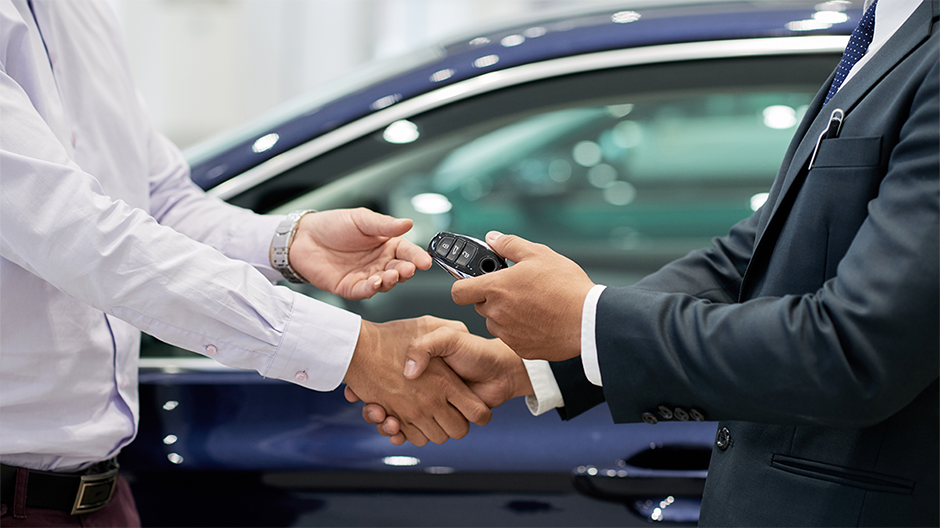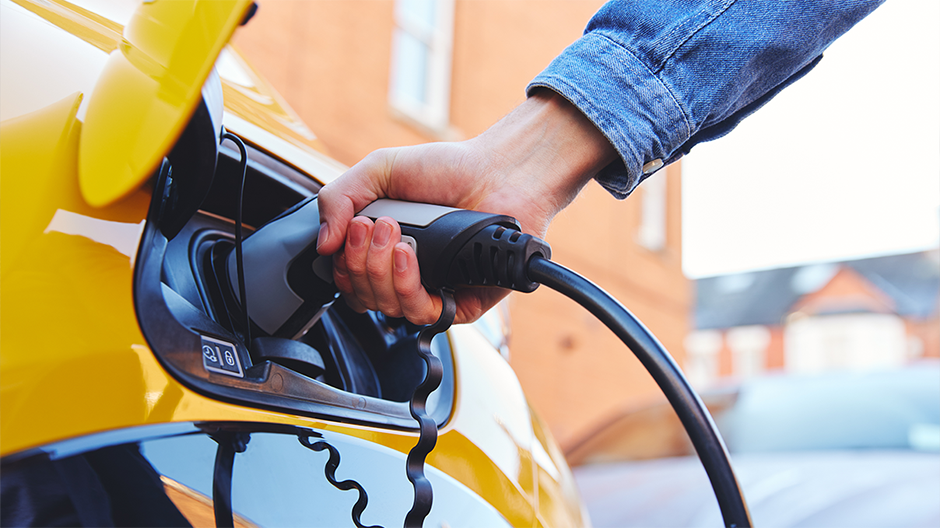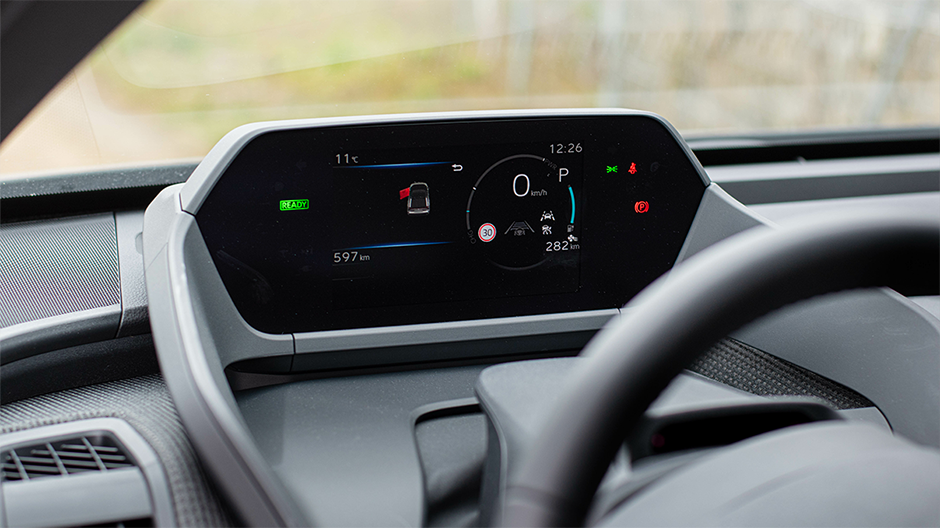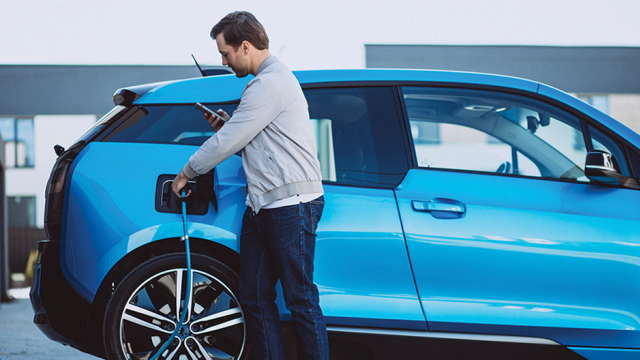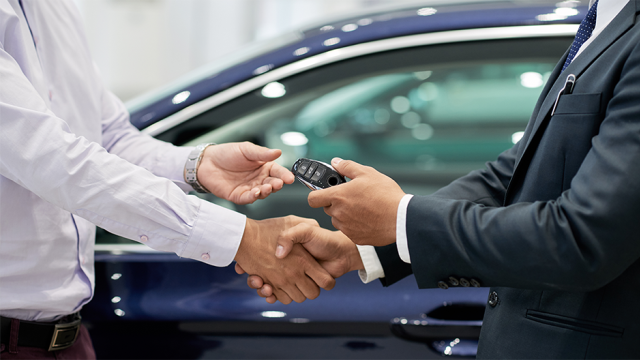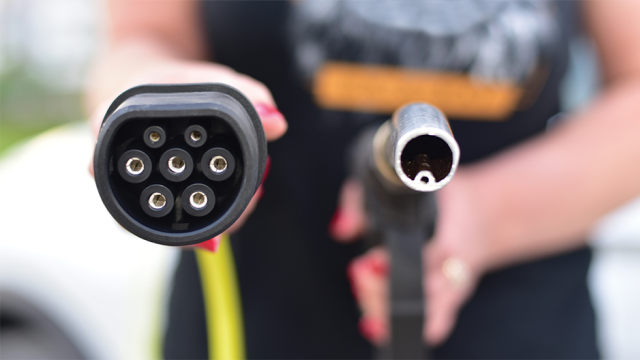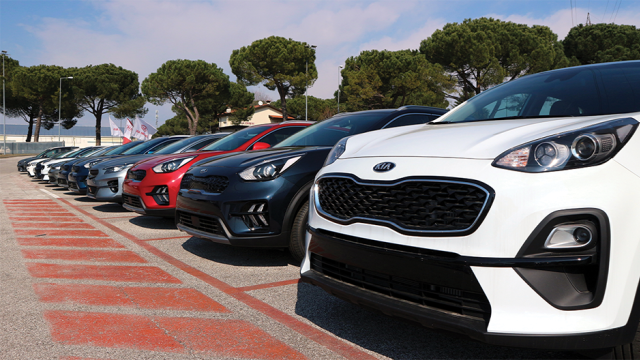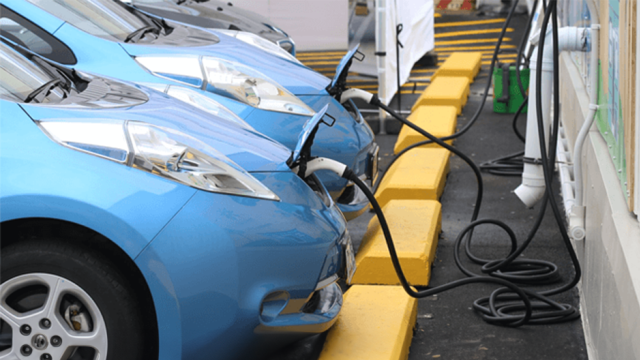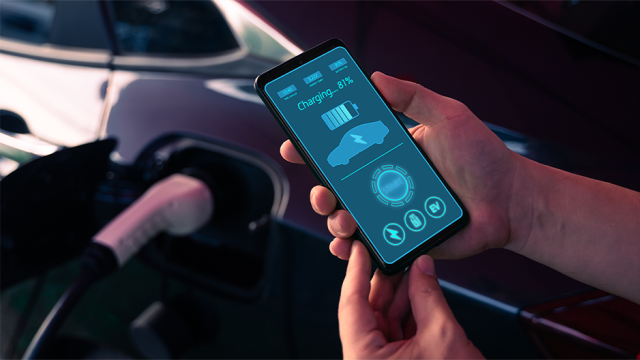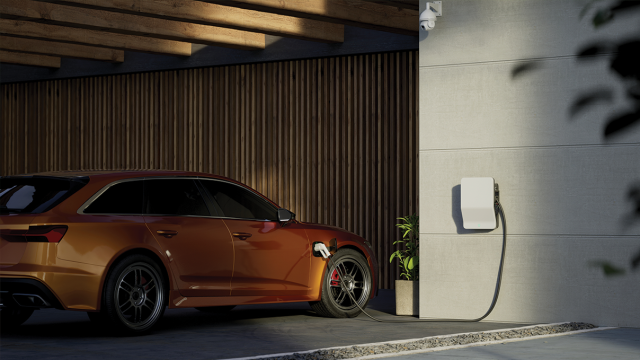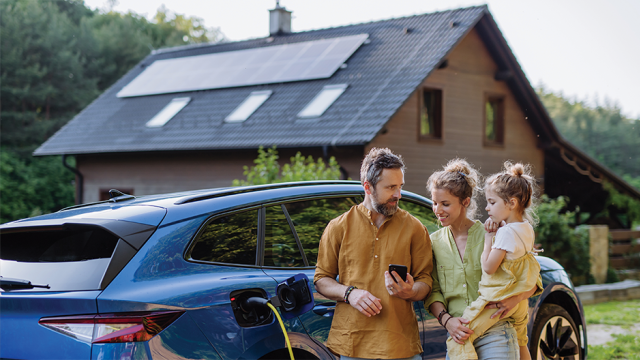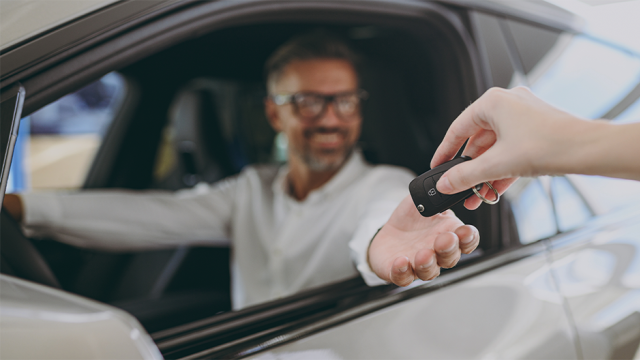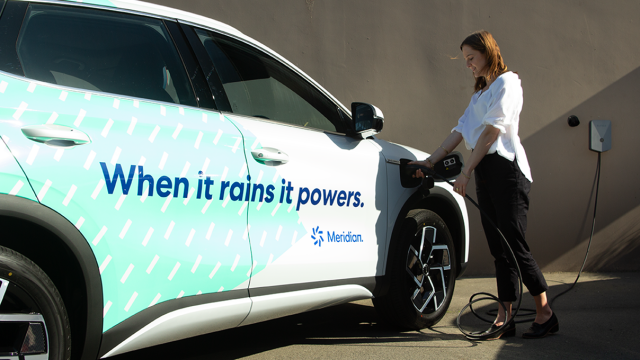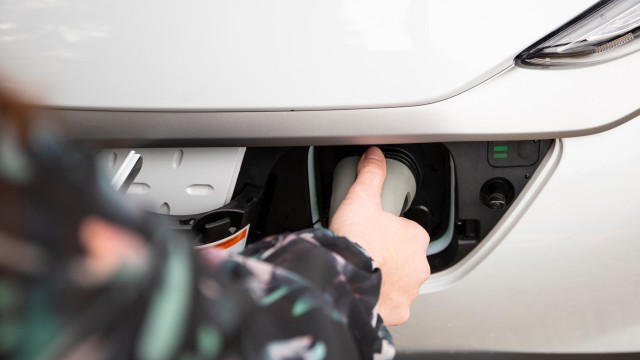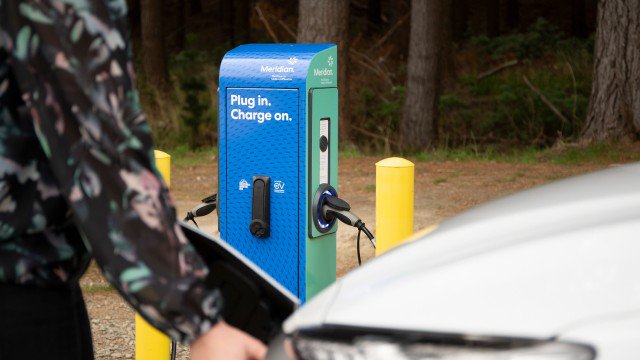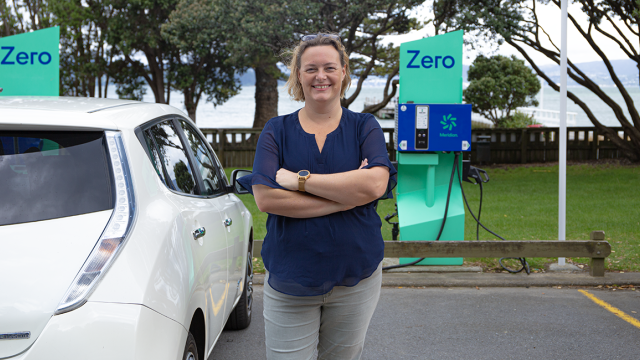Getting the original charger with your used EV is preferable for a few reasons. First, the safety of using an OEM charger gives you peace of mind that you’re not getting into any incompatibility issues. Given the charger is central to the operation of your vehicle, it’s worth having the most appropriate and functional charger you can find.
The next reason applies to more recent EVs with warranty remaining - using the original charger may be required to maintain the validity of this, although more commonly it’s more down to using an incompatible charger that may damage the vehicle’s components.
Then there’s the matter of future resell. When selling anything, it’s always more desirable to your possible buyers when the product comes with everything it had new.
With that said, EV chargers sold in New Zealand need to follow standards around electrical safety, and you should only use chargers that are compatible with the EV you’re looking to buy. We’d suggest checking with the manufacturer’s guidelines around EV charging accessories and the warranty if there’s still one active - that way you can get a third party charger without worry.
